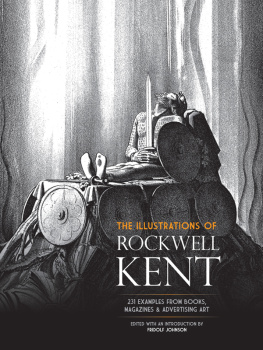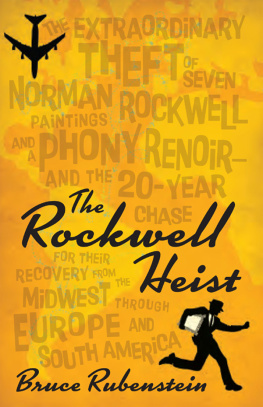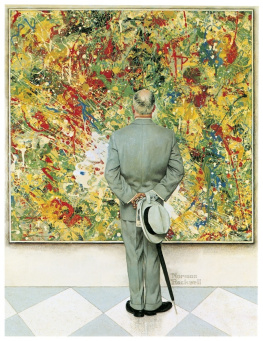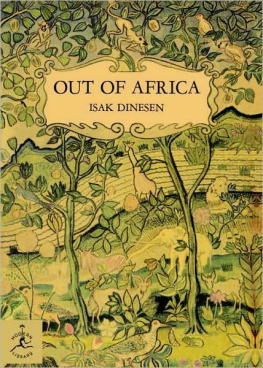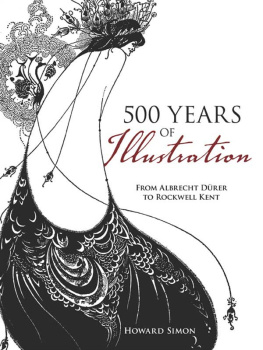
The Illustrations of
Rockwell Kent
231 Examples from Books, Magazines and Advertising Art
SELECTED BY
FRIDOLF JOHNSON
WITH THE COLLABORATION OF
JOHN F. H. GORTON,
DIRECTOR, THE ROCKWELL KENT LEGACIES
WITH AN INTRODUCTION BY FRIDOLF JOHNSON
Dover Publications, Inc.
Mineola, New York
Copyright
Copyright 1976 by The Rockwell Kent Legacies.
1920, 1924, 1930, 1935, 1936, 1940, 1959, 1962 by Rockwell Kent.
1927, 1937 by Pynson Printers, Inc. renewed 1954, 1964 by Rockwell Kent.
1928, 1929, 1930 by Random House, Inc. renewed 1955, 1956, 1958 by Rockwell Kent.
1930 by Covici, Friede, Inc. renewed 1957 by Rockwell Kent.
1931 by Leo Hart. renewed 1958 by Rockwell Kent.
1941 by New Directions, Inc. renewed 1969 by Rockwell Kent.
1946 by Rahr Malting Co. renewed 1974 by Sally Gorton. All rights reserved.
Bibliographical Note
The Illustrations of Rockwell Kent: 231 Examples from Books, Magazines and Advertising Art is a new work, first published by Dover Publications, Inc., in 1976 and reissued in 2012. A new Introduction has been written especially for this edition by Fridolf Johnson. Illustrations drawn by Rockwell Kent for The Heritage Press edition of Leaves of Grass, copyright 1937, 1965 are reproduced by permission of The Cardavon Press, Inc., Avon, Connecticut. Illustrations drawn in two colors by Rockwell Kent for Erewhon, copyright 1934, 1962 by The Limited Editions Club, Avon, Connecticut are reproduced with the publisher's permission. Illustrations by Rockwell Kent for Moby Dick 1930 by R. R. Donnelley & Sons Company are reproduced with permission. Random House mark reproduced courtesy Random House, Inc.
International Standard Book Number
ISBN-13: 978-0-486-23305-5
ISBN-10: 0-486-23305-7
Library of Congress Catalog Card Number: 75-28786
Manufactured in the United States by Courier Corporation
23305704
www.doverpublications.com
Frontispiece: Moby Dick (1930). The Battering-ram.
INTRODUCTION

During the 88 years of his life, Rockwell Kent achieved equal prominence as a painter, writer, traveler, and social polemicist. Louis Untermeyer, writing in the Special Rockwell Kent Number of American Book Collector, summer, 1964, proclaimed him the most versatile man alive ... I have known him as a painter, pamphleteer, poet (in private), politician (a poor one), propagandist, lecturer, explorer, architect (he re-designed my home in the Adirondacks), grave-digger, farmer, illustrator, Great-Dane-breeder, typographic designer, xylographer (wood-engraver to the uninitiated), friend, and general stimulator. To a large segment of the public, however, he is remembered as the most important American book illustrator of his time, primarily for the works he illustrated during the twenties and thirties Candide, Moby Dick, The Canterbury Tales and the complete Shakespeare, as well as his own books of travel.
This period was marked by frenetic activity in the production and collecting of limited editions and fine printing. Kents thorough understanding of typographic design, his individual, precise style of formalized realism and his techniques, so sympathetic to the printed page, made him the ideal illustrator for the kind of books appreciated by discriminating collectors. Most of his illustrated books were first published in expensive, superbly produced limited, signed editions, followed by more popularly priced trade editions having tremendous sales. Besides the then prevailing practice of issuing limited editions of fine books at higher prices, to defray the high cost of production, special copies with wider margins, extra plates, deluxe bindings, and other desiderata attractive to collectors were often published to bring in additional income. Rockwell Kents books were no exception, and they present a difficult problem for bibliographers.
Kent also had the gift for creating simple, compact vignettes of strong design admirably adaptable to page decorations, signets, and bookplates; he produced a great number of bookplates, much admired and assiduously collected, and two collections containing both bookplates and marks were published in limited editions, one in 1929 and the other in 1937. In addition, he contributed much outstanding work to numerous distinguished advertising campaigns.
Rockwell Kent was born June 21, 1882, at Tarrytown Heights, New York. That he chose to come into the world so early as four oclock in the morning possibly suggests a proclivity and fund of energy which was to mark his entire life. He began his formal education at Horace Mann School in New York City. Later he wrote in Its Me O Lord: The Autobiography of Rockwell Kent (Dodd, Mead & Company, New York, 1955), Mechanical drawing was important in our curriculum; and, again, the high degree of craftsmanship that it demandedof accuracy of measurement, of sheer draughtmanship in terms of utmost precisionnot only served, however unsuspectedly by me, to incline me toward my eventual profession, but to train my hand for service to it. But of even greater importance was the stark, material realism of which such drawing is the expression. Our concern was not with what things looked like but with, what in all their dimensions, they essentially were.
Of his early training there in fine art he writes causticallyand characteristicallythat his generation was happily spared all the silly, sensual indulgence in irresponsible self-expression that, from messy finger painting to often messier abstractionism, characterizes much of the therapeutic school of art of today. In school he developed a good Spencerian hand, and his ability to write well and embellish what he wrote with fanciful letters and decorative borders was quickly recognized and put to use. At fifteen he began to practice as a professional, receiving small commissions suitable to his talents.
Kent studied architecture at Columbia University, briefly practiced the profession, and set himself up as an expert on architectural rendering. Finding the work unrewarding, he turned his attention more and more to painting. He had already started to study painting under William Merritt Chase in the summer of 1900. He later went to the New York School of Art, established by Douglas John Connah, a fine man and painter who has received much less credit than he deserves. There he studied under Chase, Kenneth Hayes Miller, and Robert Henri. He also spent some time in the studio of Abbott Thayer. Two oil paintings done while working one summer with Thayer at Dublin, New Hampshire were exhibited at the winter show of the National Academy and became Rockwell Kents first sales Dublin Pond to Smith College and Monadnock to Charles Ewing.
It was Robert Henri, a member of The Eight, who most inspired the young Kent. In 1905, at Henris suggestion, Kent went to Monhegan, an island off the coast of Maine, to paint on his own. In 1906 he returned to Monhegan and built a house on Horns Hill, where he stayed for several years, supporting himself by odd jobs which included well drilling, lobster fishing, carpentry, and lighthouse tending.
The sharp edges and strong contrasts of the rugged Maine coast, together with the mysterious aspects of the sea, were particularly stimulating to Kents dynamic nature and set the pattern for his future work. In his landscapes, the forbidding peaks of mountains or icebergs, soaring up from a horizontal foreground of dark sea and crowned by lowering skies, were especially personal. This low perspective was to become characteristic of many of his prints and his illustrative works in which figures appear to be standing upon a stage, dominating their surroundings. Depicting them so may have been an unconscious expression of his belief in the nobility of man. The monumental stance of his figures may also have been a natural result of his years in architectural rendering.
Next page
